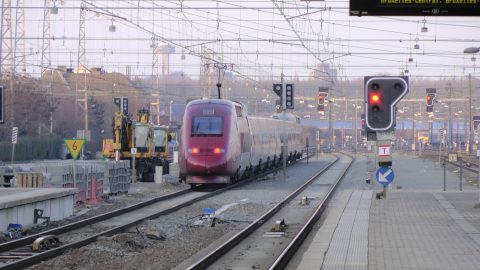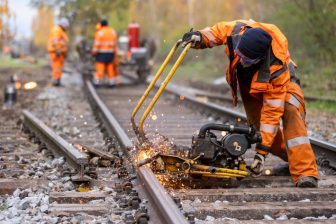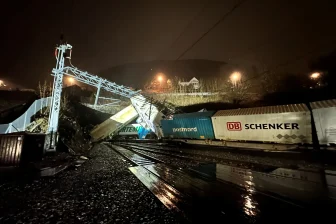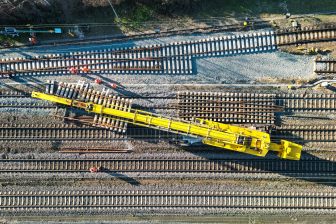
Skimping on infrastructure would be an error of judgement
With the goal of doubling the modal share of rail by 2030, the issue of rail infrastructure has become more critical than ever in many European countries. There are still many who believe that a nice modern train can improve rail service without spending the required money on infrastructure. An error of judgement. Poor track conditions lead to lower speeds and a worse service, regardless of the quality of the rolling stock. Think of it like running a BMW on a cobblestone road.
Want to read more?
You have read all of your free premium articles for this month. Please become a subscriber to keep reading.
Subscribe now!
Take advantage of our exclusive offer to get full access to all premium content.




Ever since speed was raised too 120 mph, track and infrastructure has been due for a decisive upgrading!
(Standards optimal, when steam was shifted out no longer are…)
A New Old Railway is needed.
(Current mantra: predictive, “optimal maintenance” is revealing…An optimal railway is the optimal… and simply requested!)
Redundant, resilent and robust transport devices are the now handsomely rewarded, by willingly paying clients – and vice versa…